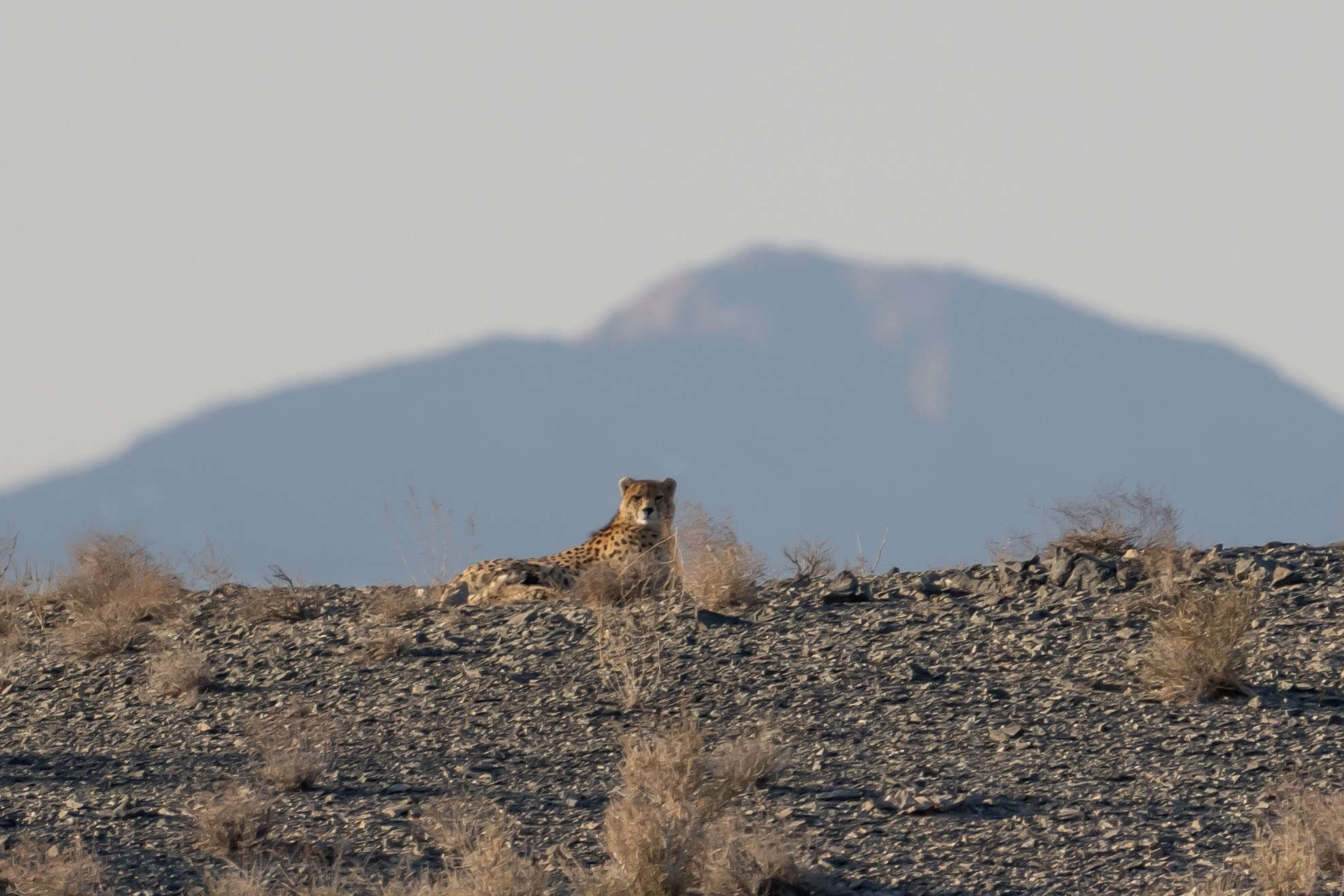Share this article
Birds prey on bears’ leftover goose egg scraps
Polar bears and grizzlies in the Arctic are scaring snow geese from their nests to consume their eggs, leaving a clear path for gulls and ravens to prey on their scraps.
“If you see a bear walking around in a [snow goose] colony, they are usually followed by a gull-nado,” said TWS member Andrew Barnas, a postdoctoral researcher in wildlife biology at the University of Windsor. He presented his ongoing research at the 2019 Joint Annual Conference of the American Fisheries Society and The Wildlife Society in October.
Researchers became aware of this ecological interaction while studying polar bears (Ursus maritimus) preying on snow goose (Anser caerulescens) colonies in the western Hudson Bay region near Wapusk National Park in Manitoba. Researchers found that due to shorter summers, polar bears were making increasing use of land-based resources like goose eggs rather than the seals that they usually depend on. The birds, mostly common ravens (Corvus corax) and herring gulls (Larus argentatus) with the occasional bald eagle (Haliaeetus leucocephalus), were usually hot on their trails.

Some snow geese stay on their nests to protect it from avian predators until larger threats like polar bears are quite close. ©Andrew Barnas
“It’s pretty common that a bear rips through a nest, and then moments later, gulls and ravens show up and just rip through whatever’s left,” Barnas said. When Barnas and his colleagues first figured out this phenomenon, they used it as a way to avoid bears while working in the field. They could see the swarms of gulls and ravens long before they could actually see a bear — especially if they were in areas with high willows.
“It was more of a safety thing for us,” he said.
Other researchers had already been tracking polar bears and grizzly bears (Ursus arctos horribilis) preying on goose colonies for several years through millions of camera trap photos. Barnas decided to formally record what researchers had mostly observed anecdotally up until then. He counted the number of avian predators around bird nests on days when the bears were around compared to days where there were no bears. Barnas and his colleagues found more birds were present when bears were at the nests.
“The hypothesis is that they’re following these bears around and waiting for the bears to spook these geese off their eggs,” Barnas said. “I don’t think it’s unreasonable to say that bears stomping around are going to create a mass panic among the geese,” he continued, adding that the bears are messy eaters and often leave a lot of scraps for these birds to eat up.
But the bears may not be causing as much panic as you might expect. He and his colleagues assumed that the geese would take flight as soon as the bears came into the vicinity, but they were surprised to find just the opposite. Snow geese actually spent more time sitting on their nests when bears were nearby than when there were no bears in the general area, only taking flight when the big mammals were right on top of them.
Barnas and his colleagues speculate that the geese may stay on their nests until the last possible moment to protect their eggs from avian predators just in case the bear doesn’t get to their nests. They may be running a risk since this makes the nest more visible to the bears, but at some point, the risk may be worth guarding against the secondary danger of the birds.
“It gets very complicated very quickly trying to understand the mind of a goose,” he said.
Bears have likely been preying on goose eggs for a long time, and the gulls and ravens following behind likely isn’t a new thing either. But Barnas said that disappearing sea ice in Hudson Bay due to climate change is likely leading to bears preying on geese colonies more consistently.
“It’s not new. This was happening in the past, but it’s happening more frequently,” he said.
The work is still unpublished so far — it was part of Barnas’ PhD dissertation while conducting research at the University of North Dakota under Susan Ellis-Felege. He is now working on similar interactions between polar bears and common eiders (Somateria mollissima) in the western Hudson Bay area.
Header Image: A grizzly bear, surrounded by ravens, preys on a snow goose nest. ©David Iles








